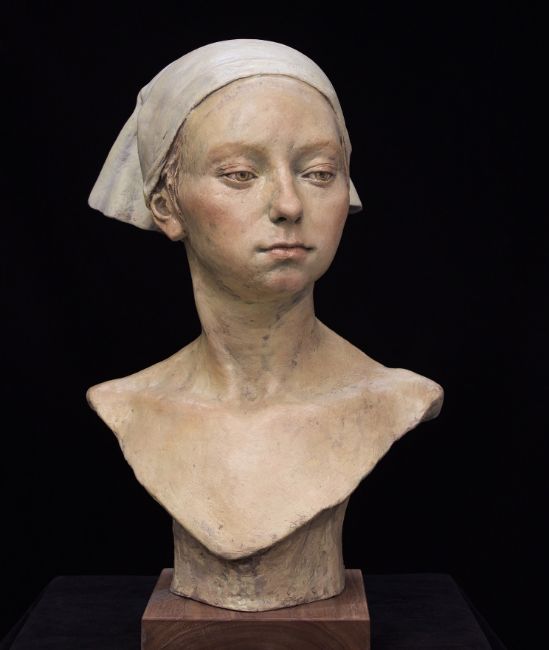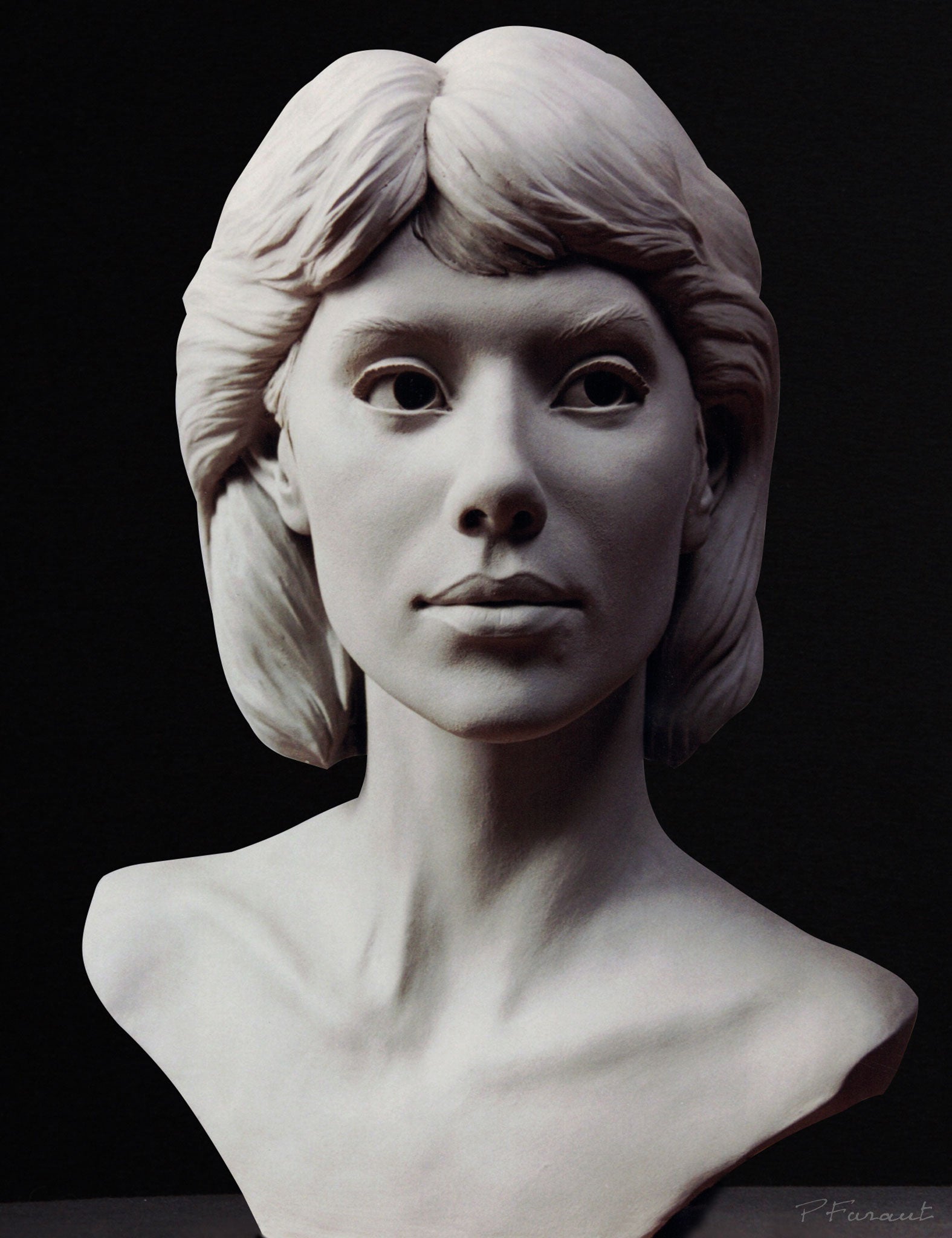Portrait Sculptor: Capturing Essence in Three Dimensions
Wiki Article
The Evolution of Sculptures: From Ancient to Modern
The Evolution of Sculptures: From Ancient to Modern.Sculpture, one of the oldest types of art, has been an indispensable part of human people for millennia (Contemporary Sculptures). From the old civilizations of Egypt and Greece to the modern-day era, sculptures have actually evolved, reflecting modifications in creative methods, materials, and social impacts. This journey with time traces the advancement of sculptures, exploring the changes in vogue, topic, and artistic expression
Starting with the ancient globe, sculptures crafted from rock and later on bronze captured the essence of deities, leaders, and daily life. The Renaissance period observed a revival of classical sculpting strategies, as artists looked for to replicate the graceful kinds of old Greek and Roman sculptures. In the contemporary era, musicians tested typical boundaries, embracing abstraction and trial and error with new materials.

This expedition will certainly delve right into the diverse development of sculptures, revealing the abundant tapestry of imaginative expression across different durations and societies.
Old Sculptures: From Rock to Bronze
Ancient sculptures transitioned from being carved out of rock to being cast in bronze. This change noted a considerable development in the art of sculpture, enabling better refinement and information in the finished jobs. Rock sculptures, while impressive in their own right, were limited by the nature of the product. Rock called for substantial forming and sculpting, often causing a much more simplified representation of the topic.The introduction of bronze as a tool for sculptures brought around a revolution in creative expression. Bronze provided carvers the opportunity to develop detailed and realistic types that were not possible with rock. The process of casting bronze enabled the creation of several duplicates of a sculpture, enabling bigger distribution and preservation of these artistic work of arts.
The shift from rock to bronze also saw a change in the subject issue of sculptures. While stone sculptures primarily portrayed gods, goddesses, and mythological numbers, bronze sculptures began to mirror a broader variety of subjects, including everyday individuals and pets. This expansion of topic showcased the versatility and versatility of the bronze medium.
Renaissance Resurgence: Forming in the Classic Style
The Renaissance rebirth of sculpture saw a resurgence in the timeless style, building upon the innovations made during the change from stone to bronze in ancient sculptures. During this period, artists looked for to recreate the timeless visual and perfects of appeal that prevailed in ancient Greek and Roman sculptures.Among the crucial attributes of the Renaissance rebirth was the emphasis on naturalism and the human form. Artists like Donatello and Michelangelo make every effort to capture the physiological details and expressions of their topics with extraordinary accuracy. They researched the human body and integrated their observations right into their sculptures, causing reasonable and natural depictions.
One more vital aspect of the Renaissance resurgence was the exploration of point of view and depth. Artists used strategies such as contrapposto, where the weight of the body is changed to one side, creating a sense of motion and dynamism. They likewise try out different materials, including marble and bronze, to accomplish a level of sophistication and intricacy in their sculptures.
The classical style of the Renaissance revival had an extensive influence on later durations of art, serving as a foundation for the development of Western sculpture. It brought a renewed appreciation for the elegance and majesty of the human type, and its tradition can still be seen in modern sculptures today.
Modernism and the Avant-Garde: Breaking Typical Borders

One of the crucial qualities of modernist sculpture was the focus on abstraction. Artists relocated far from sensible depictions and rather concentrated on capturing the significance of the topic through streamlined kinds and geometric forms. This separation from traditional depiction enabled musicians to reveal their emotions and concepts in a much more personal and subjective fashion.
Moreover, the progressive motion tested social norms and conventions, urging artists to experiment and press the boundaries of their art - Portrait Sculptor. Sculptors began integrating unique materials such as located items, industrial materials, and even natural elements into their job. This exploration of new materials and strategies not just increased the opportunities for sculpture yet additionally challenged the standard concepts of what could be taken into consideration art
Contemporary Sculptures: Discovering New Materials and Concepts
With a concentrate on discovering brand-new products and principles, modern sculptures have actually changed the area of art. Artists today are pressing the boundaries of typical sculpture by experimenting and using innovative materials with abstract concepts. These sculptures challenge conventional concepts of significance, materiality, and type, inviting viewers to participate in a provocative and new creative experience.Contemporary carvers are welcoming a wide variety of products, including plastic, glass, metal, and even natural matter. Portrait Sculptor. They are not restricted to the typical medium of rock or clay, permitting for higher freedom of speech and trial and error. This shift in the direction of unique materials has opened up new possibilities for musicians to create sculptures that are dynamic, interactive, and aesthetically striking
Along with exploring new products, contemporary sculptures likewise dig right into facility and abstract principles. Artists are currently discovering you could check here styles such as identification, social issues, and the environment, utilizing sculpture as an effective medium for social discourse and introspection. These sculptures test audiences to believe seriously and involve with art on a much deeper degree, sparking discussions and prompting psychological feedbacks.
Global Influences: Sculptural Traditions From All Over The World

In ancient Egypt, sculptures were created mainly for funerary and religious purposes. The renowned sculptures of pharaohs and gods, such as the Great Sphinx and the breast of Queen Nefertiti, showcase the Egyptians' proficiency of rock sculpting and their idea in the afterlife.
In old Greece, sculpture reached its top during the classical duration. Influenced by the ideals of proportion, elegance, and consistency, Greek sculptures emphasized the human kind and celebrated the accomplishments of heroes, gods, and athletes. The famous sculptures of Aphrodite of Knidos and the Discobolus exemplify the Greeks' pursuit of excellence in sculptural art.
In old Rome, sculpture offered both political and creative objectives. Contemporary Sculptures. Roman sculptures usually shown emperors, generals, and mythological numbers, showing the power and grandeur of the realm. The marble sculpture of Augustus of Prima Porta and the huge Arch of Constantine are remarkable examples of Roman sculptural achievements
Asian sculptural traditions, especially in India, China, and Japan, have additionally had an extensive impact on the evolution of sculptures. Indian sculptures, such as the intricately sculpted holy places of Khajuraho and the colossal statuaries of Buddha, show a rich blend of religious, mythical, and building aspects. Chinese sculptures, identified by their great workmanship and interest to information, typically portray divine beings, animals, and legendary figures. Japanese sculptures, influenced by Buddhism, stress simplicity and serenity, seen in the calm sculptures of Buddha and the sophisticated art of bonsai.
The international influences on sculpture continue to develop in the contemporary age. As we look to the future, it is specific that the global influences on sculpture will continue to form and redefine this ancient art kind.
Final Thought
Finally, the evolution of sculptures has seen a change from ancient rock and bronze works to the classical revival during the Renaissance. This was adhered to by the splitting of traditional borders via modernism and the avant-garde activity. Today, contemporary sculptures discover new products and principles, while likewise drawing inspiration from global sculptural traditions. The journey of sculptures shows the ever-changing artistic expressions and social influences throughout history.From the old civilizations of Egypt and Greece to the modern-day era, sculptures have actually developed, mirroring modifications in imaginative strategies, products, and social impacts.Starting with the ancient world, sculptures crafted from rock and later bronze recorded the essence of deities, leaders, and daily life.Old sculptures transitioned from being sculpted out of stone to being cast in bronze. While stone sculptures predominantly illustrated gods, sirens, and mythical numbers, bronze sculptures started to mirror a wider variety of topics, including day-to-day people and animals.In final thought, the development of sculptures has actually seen a shift from ancient rock and bronze works to the timeless revival throughout the Renaissance.
Report this wiki page